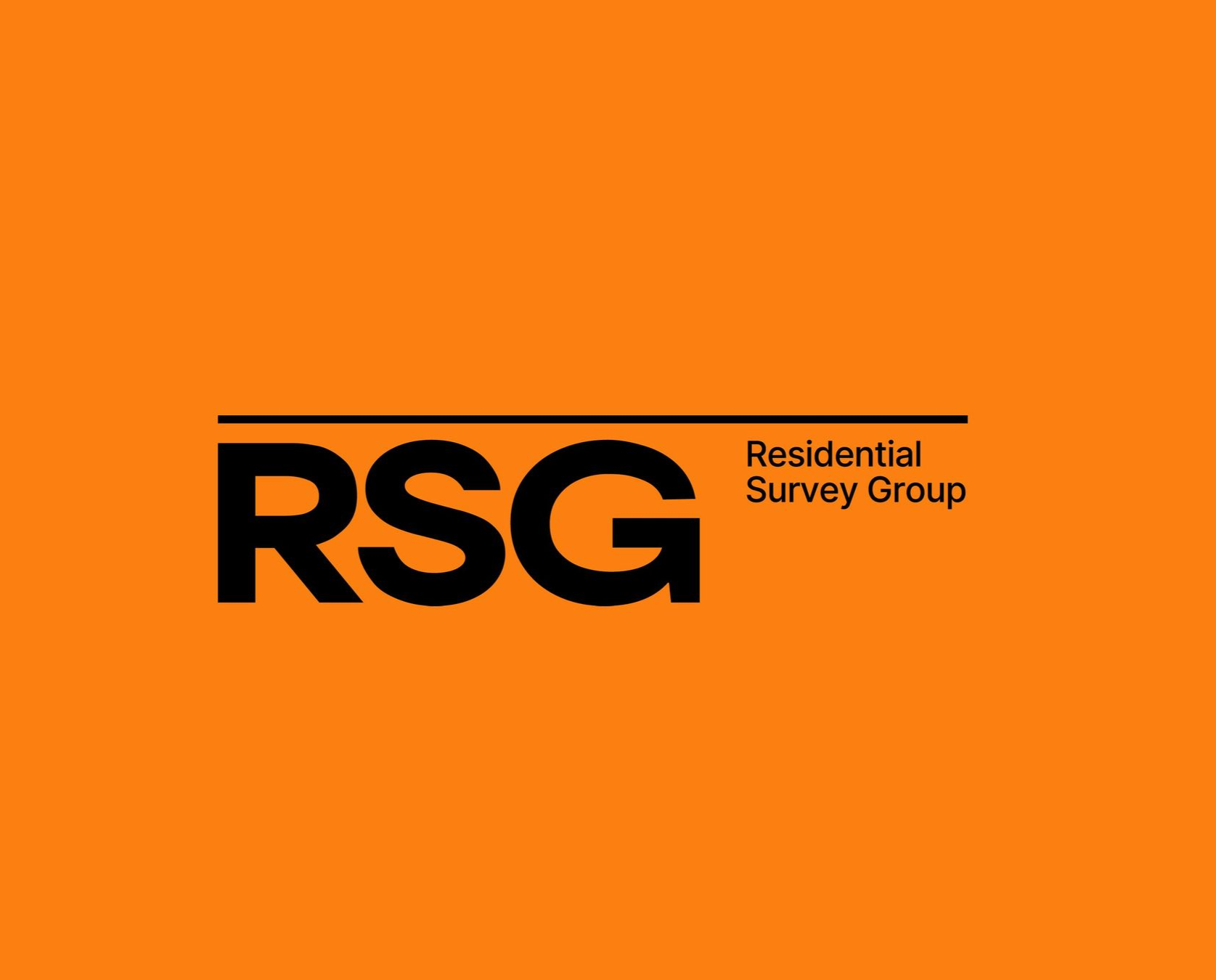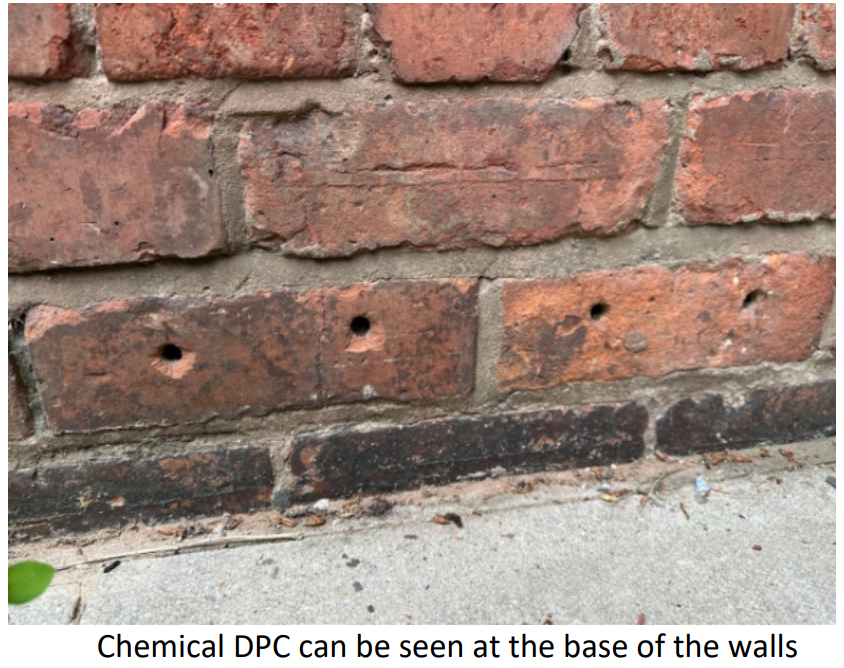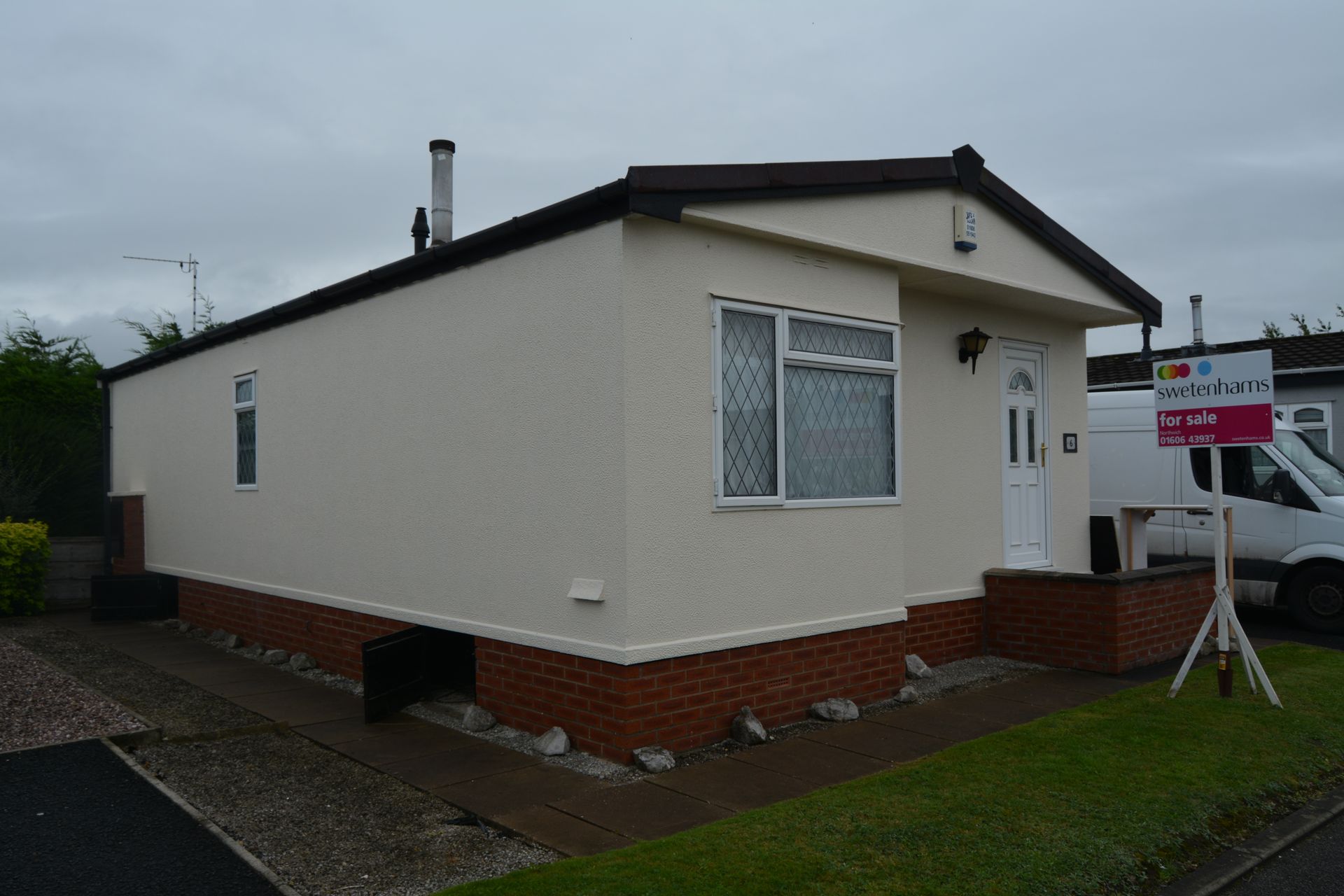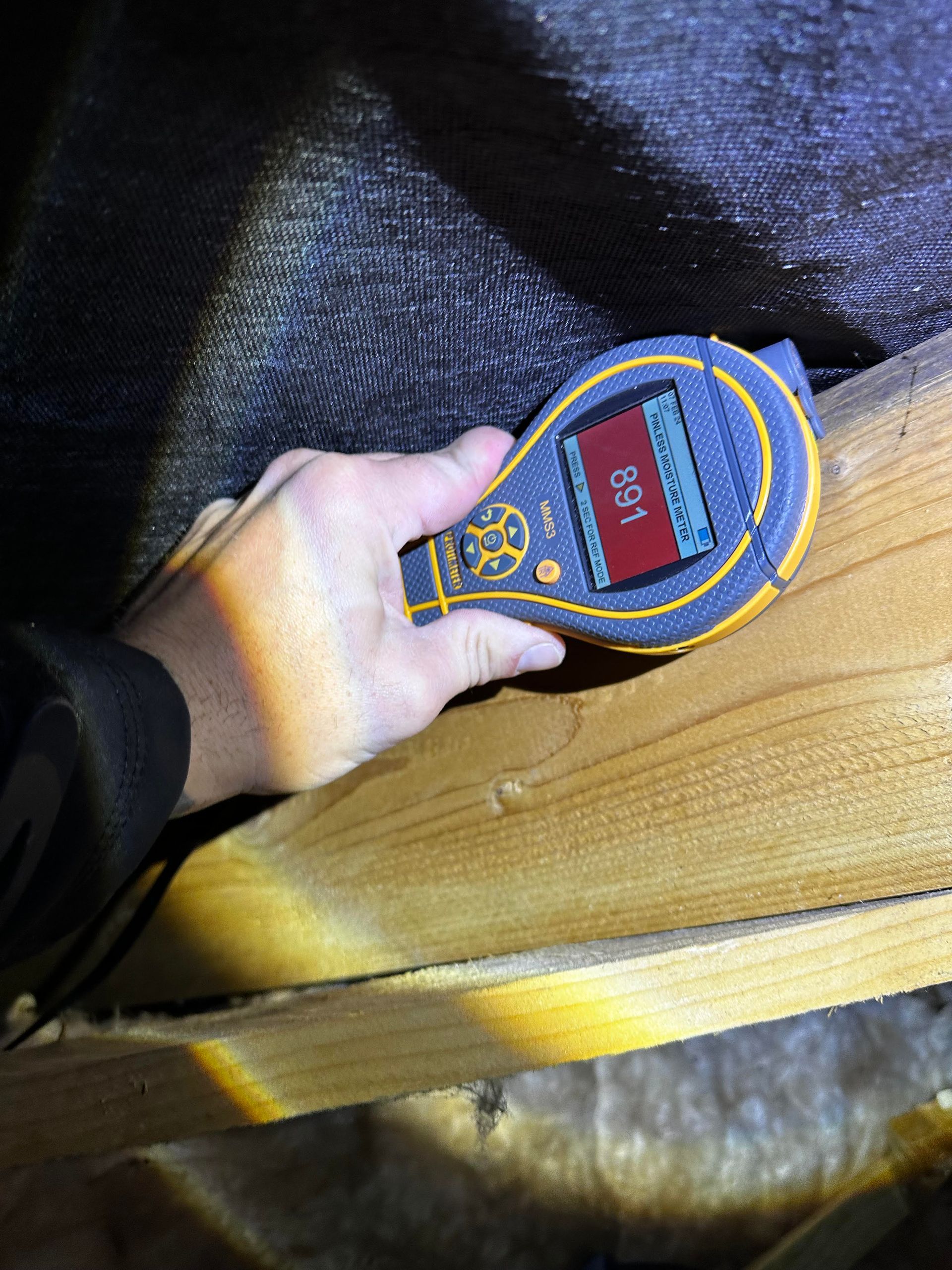IS MOULD BAD FOR MY HEALTH?
29 November 2022
How do you stop mould? What should you do if you have mould in your home? How do you clean mould?
It is becoming more and more apparent that people are living with mould and damp issues and are unsure of what to do. Below we outline what we believe are key “Do’s and Don’ts” when it comes to mould within our homes.
WHAT TO DO?
- Heat your home. yes simple, yes very easy, and yes expensive but this is the quickest and easiest way to combat condensation (which is the pre-cursor to mould)
- Ventilate. Whether that be via existing extractor fans, opening windows, or if you have a fancy PIV unit. Ventilate, ventilate, ventilate. The moisture produced within the home has to go somewhere, open a window and let it escape rather than let it settle on cold walls or windows.
- Wipe away condensation. Yes, it’s a pain, but a simple 5-minute routine in the morning of wiping windows/walls can drastically reduce your chances of mould growth.
- Clean away mould. It may sound silly, and simple, but it is important to clean off any mould as soon as you notice it starting to appear. Clean the mould with white vinegar and water for a more air-friendly and cheaper approach, or use a specialist mould remover spray for any drastic cases.
- If you are a private tenant or renting via a housing association contact your landlord/estate agent/ local authority via email, don’t just ring. It is important to leave a paper trail handy to refer back to if needed.
- If dealing with an estate agent, and your concerns aren’t being heard, you aren't receiving a response and action is not being taken. Contact the TPO (The Property Ombudsman) - This should only be used when all avenues have been exhausted.
- If you are a homeowner or landlord contact a “truly independent” surveyor. Not a salesman. Salesmen will offer solutions based on their products, not what might actually work. To ensure your surveyor is truly independant, make sure you commision a RICS or RPSA registered individual.
WHAT NOT TO DO?
- Don't Ignore the problem! And always act immediately.
- It may sound silly but avoid using wallpaper when you have or have had problems in the past, mould can grow much easier when wallpaper is present.
- Don't keep windows closed for long periods of time, an easy rule to follow is open windows briefly in the morning and briefly at night.
- Don't dry clothes indoors! Or if you must, or have no choice, place your drying clothes in a small room with the window open, and close the door. If you have a extractor in your bathroom it is a good idea to dry clothes in here, with the extractor on.
- Don't put clothes away in wardrobes when they are damp, ensure they are fully dry. (This means shoes as well!)
WHAT PRODUCTS/ SOLUTIONS CAN I BUY TO HELP?
- PIV (Positive input ventilation) is a good start, it isn’t cheap, but is seen as a “permanent fix” with low maintenance for certain types of mould and condensation. Prices usually hover around the £800-£1200 mark (installed)
- Extractor fans in kitchens and bathrooms. These areas naturally create more moisture, and having extractor fans to these spaces greatly reduces the overall moisture level within a home. Therefore reducing the likelihood of mould growth. Prices for extractors vary greatly, some costing £20, some costing £300. We recommend going with the most powerful you can afford. Check the extraction rate in the description and choose the highest one.
- De-humidifiers are a quick and easy way to remove airborne moisture (which is a precursor to mould) however they are expensive to run and require plenty of faffing (emptying etc) prices usually start around £150 for good models.

Home Surveys in Northwich, Middlewich & Winsford – What You Need to Know (and What They Should Cost)
Home Surveys in Northwich, Middlewich & Winsford – What You Need to Know (and What They Should Cost) If you're buying a home in Northwich, Middlewich or Winsford , you’ve probably been told you need a survey . But with all the different options – Homebuyer Report, Building Survey, Valuation – it’s no wonder buyers are confused. In this article, we’ll break it down for you: What type of survey you actually need What to expect from a good local surveyor What a proper survey should cost in 2025 And how to avoid overpaying for reports full of generic waffle What Type of Survey Do I Need? There are two main types of survey most home buyers will choose from: Level 2: Homebuyer Report (£425 incl. VAT) Best for: Homes built after 1900 Properties in reasonable condition Buyers who want peace of mind but don’t need in-depth analysis What you get: Clear, traffic-light-style condition ratings Comments on damp, movement, timber issues and more Highlights of anything that could affect value or safety Level 3: Building Survey (£695 incl. VAT) Best for: Older properties (Victorian, Edwardian, pre-1930s) Homes with obvious defects or previous alterations Buyers planning major renovations What you get: Detailed inspection of all accessible areas Structural observations (walls, roofs, floors, etc.) Advice on repairs and maintenance Cost estimates and commentary tailored to your home Why Local Matters – Especially in Cheshire Homes in Northwich, Middlewich and Winsford come with their own set of issues – from soil movement and steel-frame construction , to damp in older terraces and non-compliant conversions and extensions . That’s why choosing a local surveyor who knows the area is so important. At Residential Survey Group, we’ve inspected thousands of properties across Cheshire, and we tailor our reports to your specific home – not a national template. What Should a Survey Cost? Some national firms will charge £750+ for a Level 2 survey – and you might only get a basic tick-box report in return. Others push Level 3 surveys up to £1,000+ , often handled by someone who’s never even worked in the area. Here’s our fixed pricing for 2025: Survey Type Price (Inc. VAT) Level 2 Homebuyer Report £425 Level 3 Building Survey £695 Do I Really Need a Survey? Yes. Even newer homes can hide expensive problems – and mortgage valuations are not surveys. We’ve found: Subsidence in 1990s houses Dangerous electrical setups in modern homes Roof issues missed by builders Loft conversions with no building regulations A good survey doesn’t just spot issues – it can save you thousands and help you renegotiate the price. Get a Quote Today We’re based locally and specialise in Level 2 and Level 3 home surveys across Northwich, Middlewich and Winsford. If you’re buying a home and want clear advice (without the jargon), get in touch: gareth@residentialsurveygroup.com Residential Survey Group Local expertise Fixed prices Reports written by an experienced surveyor – not software FAQ What’s the difference between a Homebuyer Report and a Building Survey? A Homebuyer Report (Level 2) is suitable for relatively modern homes in good condition. A Building Survey (Level 3) is more detailed and better suited for older or altered properties, or where defects are already visible. How much does a house survey cost in Northwich, Middlewich or Winsford? At Residential Survey Group, we offer fixed pricing: £425 for a Level 2 Homebuyer Report and £695 for a Level 3 Building Survey (including VAT). Do I need a survey if I’m getting a mortgage valuation? Yes. A mortgage valuation is for the lender’s benefit and may not identify structural problems or future repair costs. A proper survey protects you, the buyer. A mortgage valuation protects the bank. How quickly are reports done? We typically provide the full report within 24-48 hours after inspection. What areas do you cover? We cover Northwich, Middlewich, Winsford and surrounding Cheshire postcodes.
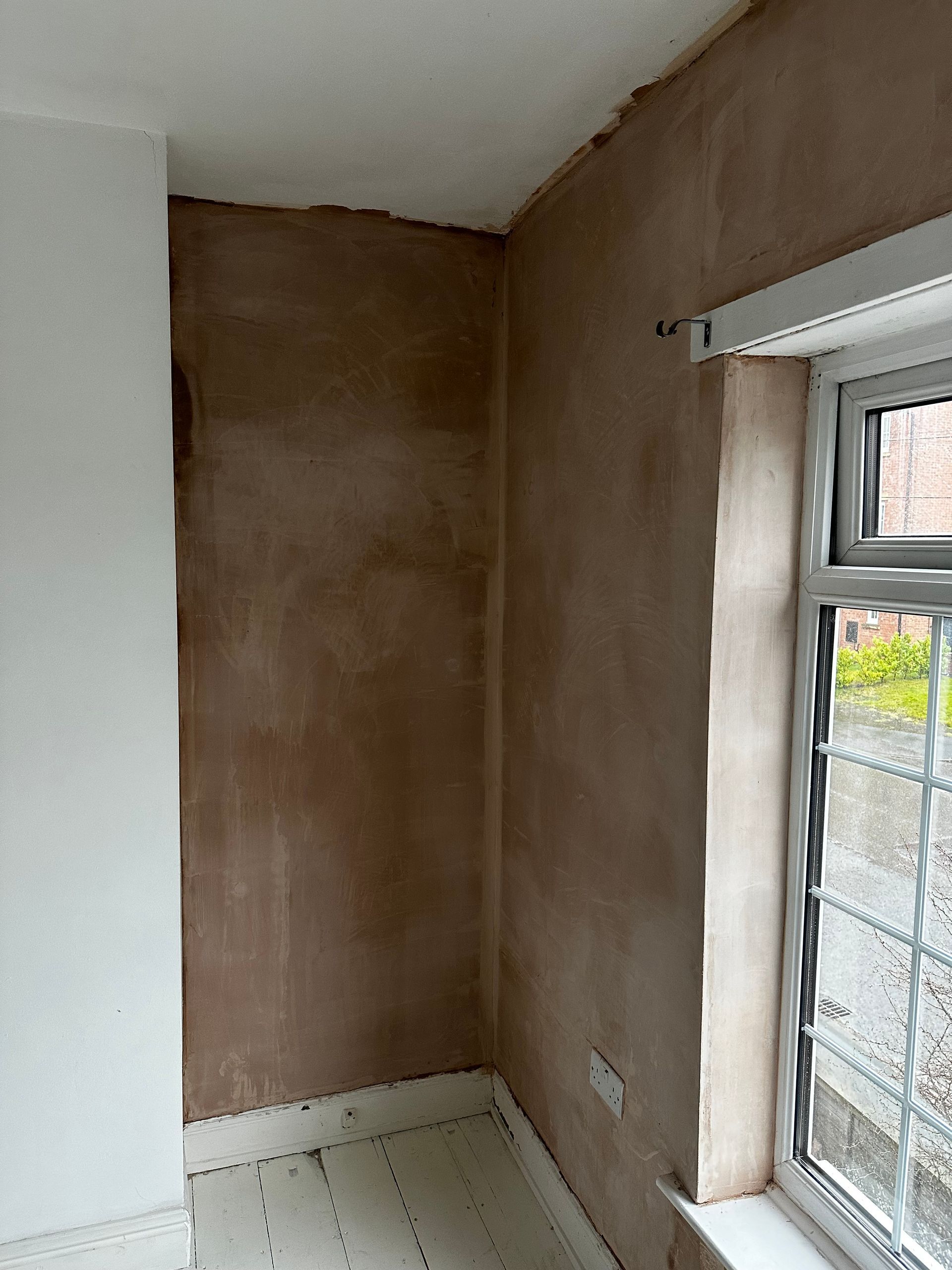
Explore the critical role of traditional materials in preserving the charm and structural integrity of period properties. This insightful guide by Gareth, Director of Residential Survey Group, sheds light on common challenges new homebuyers face with modern materials in historic homes and offers expert advice on maintaining the authentic beauty of these treasures. Learn why choosing the right materials matters for the longevity and health of traditional homes and how to avoid costly mistakes related to dampness issues.
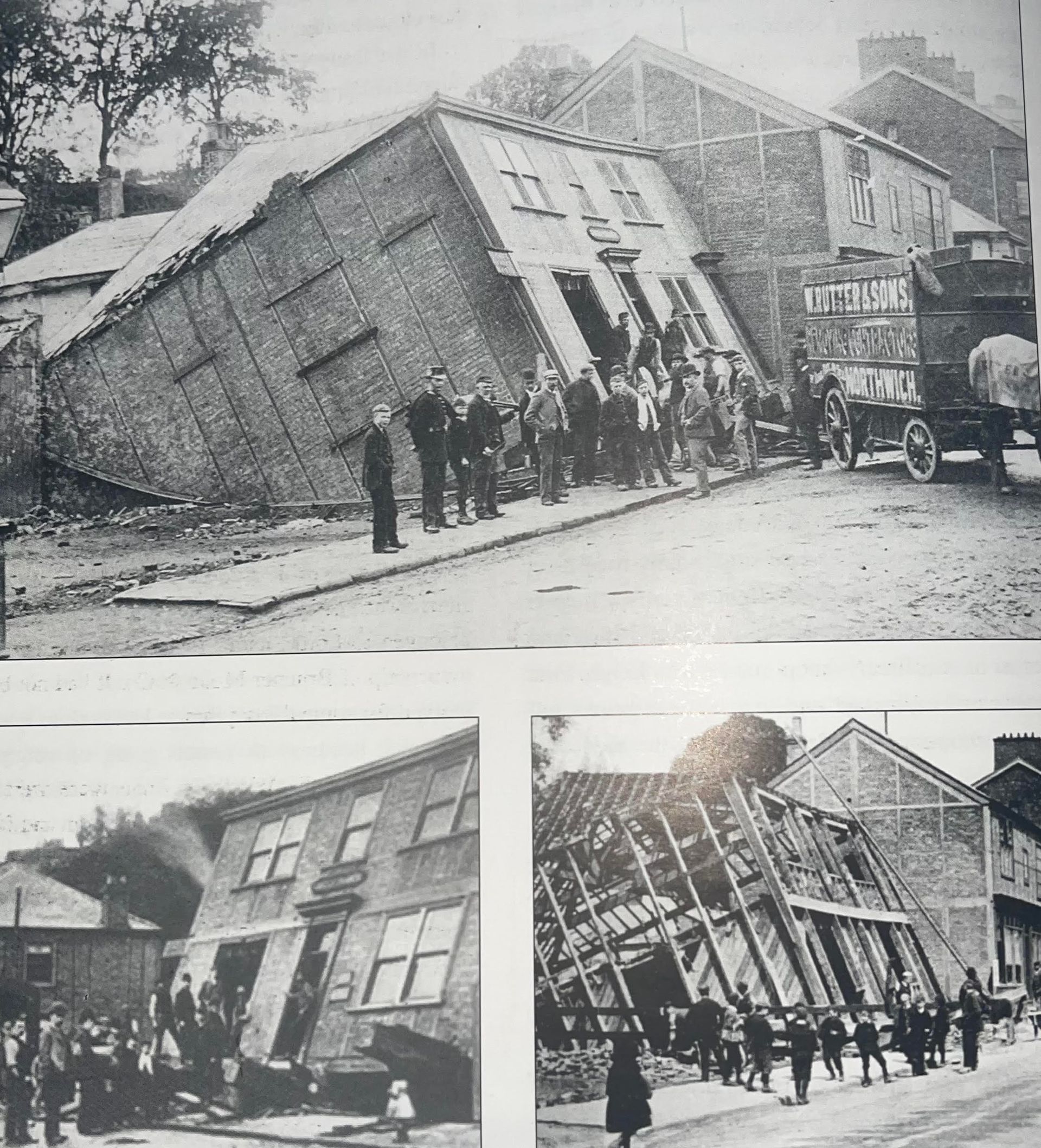
Introduction: In the heart of Cheshire, Northwich stands as a testament to a rich industrial past, woven intricately into the fabric of its historic homes. From the Victorian elegance to the mid-century modern designs, these buildings carry stories from the 1300s to present day, a period marked by significant architectural evolution. As a local surveyor, my journey through these homes has revealed a tapestry of unique challenges and defects, often reflective of Northwich's vibrant history. Section 1: The Rich History of Northwich Northwich, a town steeped in history, has been shaped significantly by its salt mining legacy, leaving an indelible mark on its architecture. The iconic Anderton Boat Lift, a marvel of Victorian engineering, stands as a symbol of the era's industrial prowess. Additionally, the ICI's influence in Winnington has not only shaped the local economy but also the very homes we live in. This historical backdrop sets the stage for understanding the common defects found in the properties of this era. Section 2: Top Defects to look out for Surveying homes in Northwich reveals a pattern of common issues, many linked to the age and construction methods of the period: Dampness and Condensation: Often due to poor heat & ventilation or the introduction of modern materials into traditional homes. Subsidence and Structural Movement: Particularly in areas with historical mining activities, like Northwich. Roof Wear and Tear: Issues with tiles, flashing, and guttering common in all homes. Timber Decay: Wet and dry rot in floor joists and roof timbers, especially in untreated wood and where ventilation is minimal. Inefficient Heating Systems: Outdated boilers and radiators, leading to poor energy efficiency. Electrical Wiring Issues: Outmoded electrical systems not meeting current safety standards. Plumbing Problems: Aging pipes prone to leaks and corrosion. Asbestos: Common in buildings pre-1970s, particularly in insulation, posing health risks. Faulty Window Frames: Rotting wooden frames or poorly fitted windows leading to drafts and heat loss. Inadequate Insulation: Leading to higher energy costs and less comfortable living conditions. Brickwork and Pointing Issues: Erosion and weathering of mortar joints in older brickwork. Chimney Damage: Loose bricks, damaged chimney pots, leaning stacks and flue issues. Uneven Floors: Caused by settlement, sulphate attacks or joist damage. Plasterwork Damage: Cracking, detachment or blowing in old plaster walls. Lead Water Pipes: Still present in some older properties, posing a health risk. Pest Infestation: Especially in wooden structures (e.g., woodworm). Wall Tie Failure: Particularly in cavity walls from the early 20th century. Inadequate Drainage: Leading to damp and structural issues. Defective Flashing: Around chimneys and roof joints, leading to water ingress. Poorly Executed DIY Repairs: Often exacerbating original problems. Internal Wall Dampness: Rising damp or penetrating damp in older walls. Old Septic Systems: In rural homes, often not up to modern standards. Loose or Damaged render: On exterior walls, leading to water ingress. Poor quality flat roofs: Properties of all ages suffer, bitumen roofs are often most troublesome. Contaminated land & materials: Mostly seen (in northwich) to houses built between 1920-1950. Section 3: Unique Challenges in Northwich Properties The unique geological and historical context of Northwich adds another layer to property surveying. The legacy of salt mining has led to specific issues like: Ground instability causing structural concerns. Higher susceptibility to subsidence due to historic mining activities. Conclusion: Surveying homes in Northwich is not just about identifying defects; it's about understanding a story, one that is intricately linked to the town's rich history. For those looking to buy or maintain homes in this beautiful part of Cheshire, being aware of these common and unique challenges is key. As a local surveyor, my mission is to blend this historical insight with modern surveying expertise, ensuring that the homes in Northwich continue to be safe, cherished, and full of character for generations to come. Keywords: Northwich, historic homes, property defects, Victorian homes, surveyor in Northwich, subsidence, salt mining, Anderton Boat Lift, ICI Winnington, property surveying.
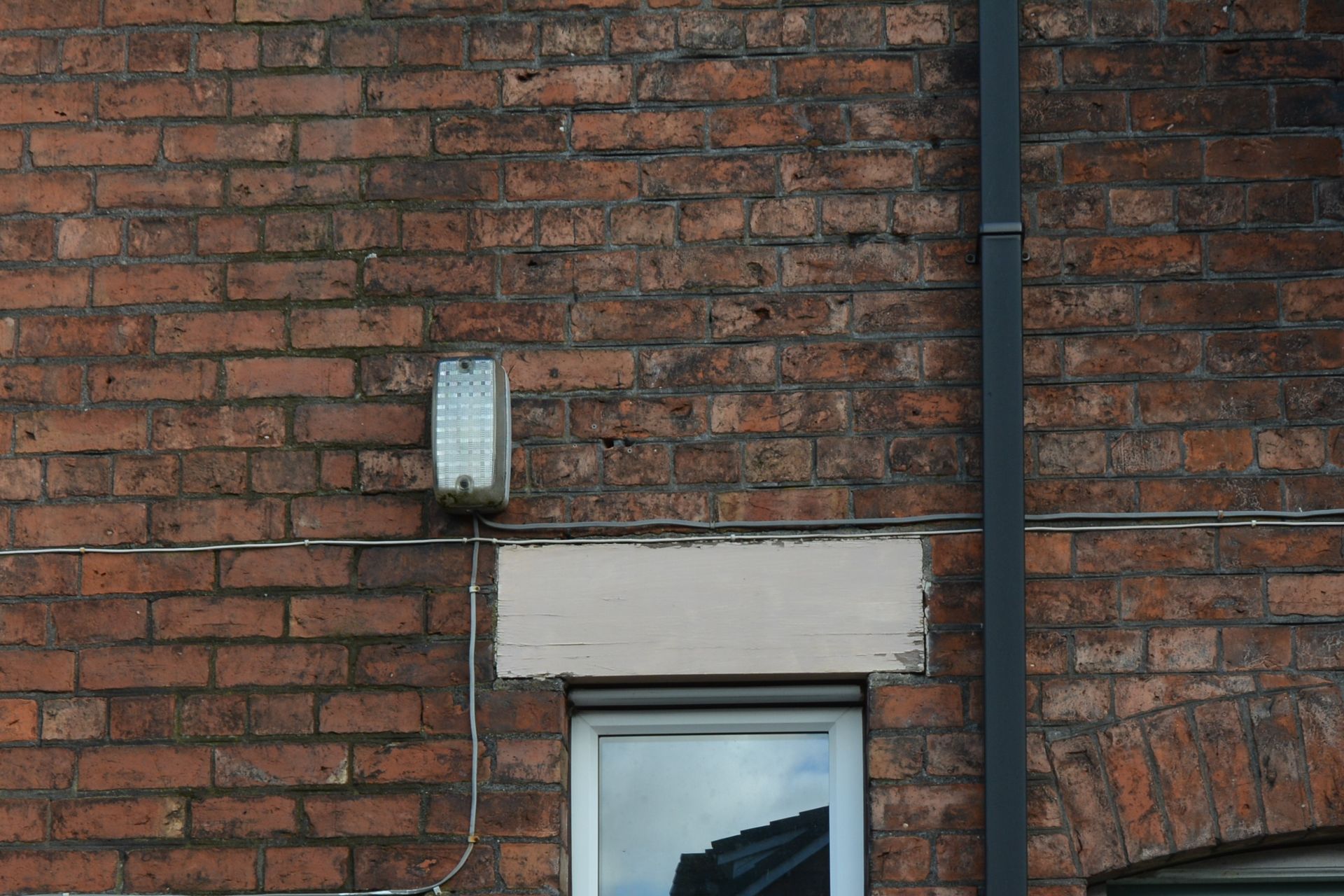
Understanding Your Victorian-Era Property: A Guide for Homeowners Introduction: Welcome to the world of Victorian-era homes! These properties are known for their distinctive architectural charm and historical significance. This guide aims to help homeowners understand the unique aspects of Victorian properties, setting realistic expectations about common issues and maintenance needs. Section 1: The Character of Victorian Homes Victorian homes, built predominantly during the reign of Queen Victoria (1837-1901 - Some may argue different dates!), are celebrated for their ornate detailing, robust materials, and a variety of styles ranging from Gothic Revival to Queen Anne. These properties often feature intricate woodwork, high ceilings, and fantastic brickwork, making them a treasure trove of historical craftsmanship. We LOVE them. Section 2: Common Issues in Older Properties Owning a Victorian home is like holding a piece of history. However, with age comes certain challenges. These properties often face issues such as aging plumbing and electrical systems, insulation inefficiencies, brickwork degradation, cracking, damp issues and general wear and tear. It's important to note that minor defects, such as small areas of pointing, hairline cracks, leaks, and loose plaster, are common. While these are part of the property's character, they are usually not structurally significant and often fall into the realm of cosmetic improvement rather than essential repair. Section 3: The Survey Process Explained When conducting a survey on a Victorian property, our aim is to identify major structural concerns that may affect the property's integrity or safety. However, given the age and uniqueness of these properties, it's not feasible to note every minor imperfection. The survey is a snapshot in time, focusing on significant issues that require immediate attention, balancing the need to preserve the property's historical integrity with modern safety standards. With newer properties, often the minor issues are highlighted due to the lack of defects. The older your property, the less significant the minor issues become - For example, out of plumb brickwork, leaning chimneys or cracks. Section 4: Post-Survey Recommendations MAINTENANCE, MAINTENANCE, MAINTENANCE. maintenance is key to preserving your Victorian home. We recommend periodic check-ups and, when necessary, consulting with specialists, particularly for unique features like original fireplaces, chimney stacks, lime pointing, slate roof coverings and roof structures. It's important to prioritise repairs, focusing first on any structural or safety-related issues before addressing any cosmetic ones. Conclusion: Victorian-era homes are a link to our architectural past, and owning one is both a privilege and a responsibility. This guide is intended to help you understand the typical characteristics of these properties. Remember, the survey is just the beginning of your journey in maintaining and preserving your historical home. Additional Resources: For more information on the care and preservation of Victorian homes, we recommend you purchase 'The victorian house manual' - But be warned, its addictive! Final Note: This guide is for informational purposes only and does not replace a professional survey. For specific concerns or detailed assessments, please consult a qualified surveyor. Post written by Gareth of Residential Survey Group.
